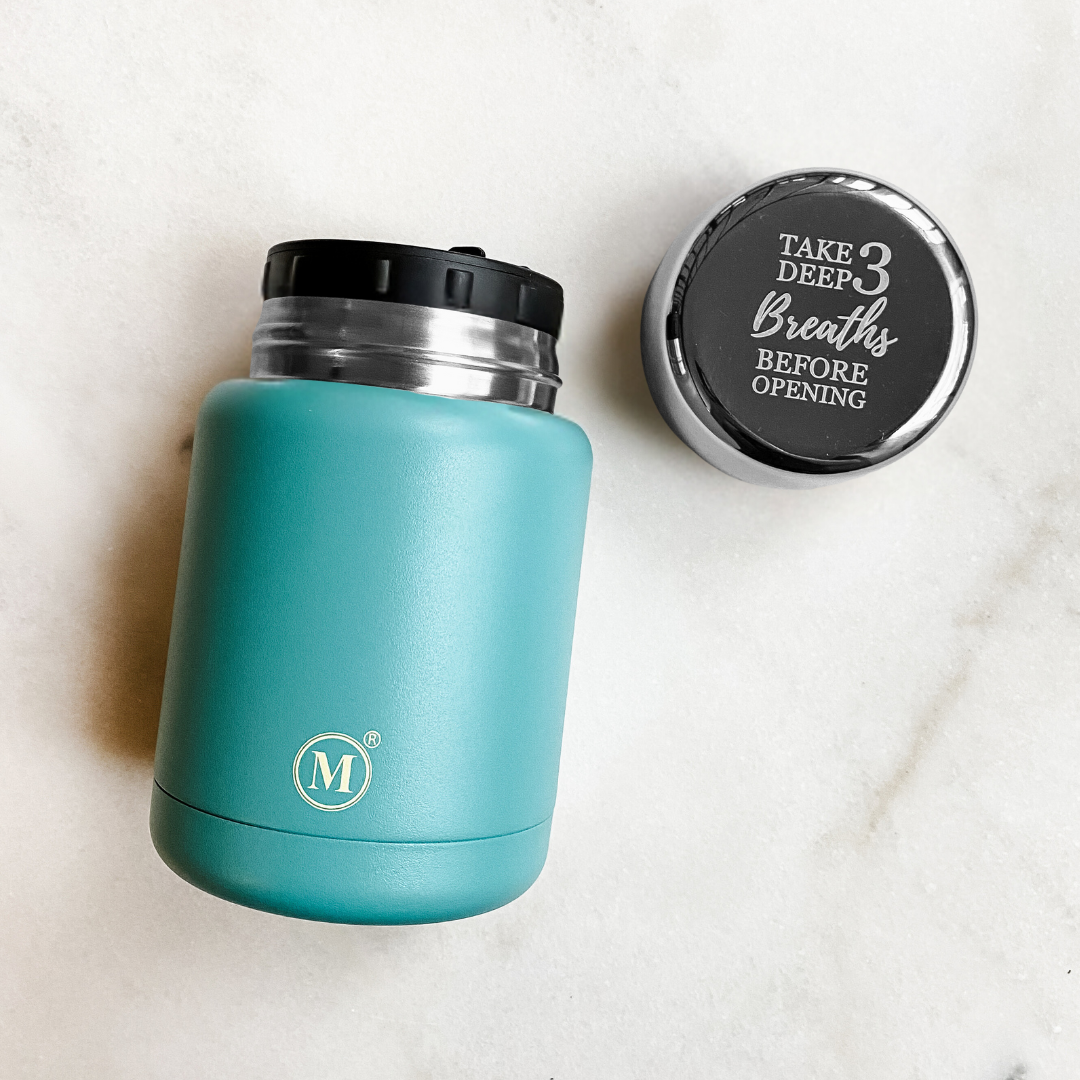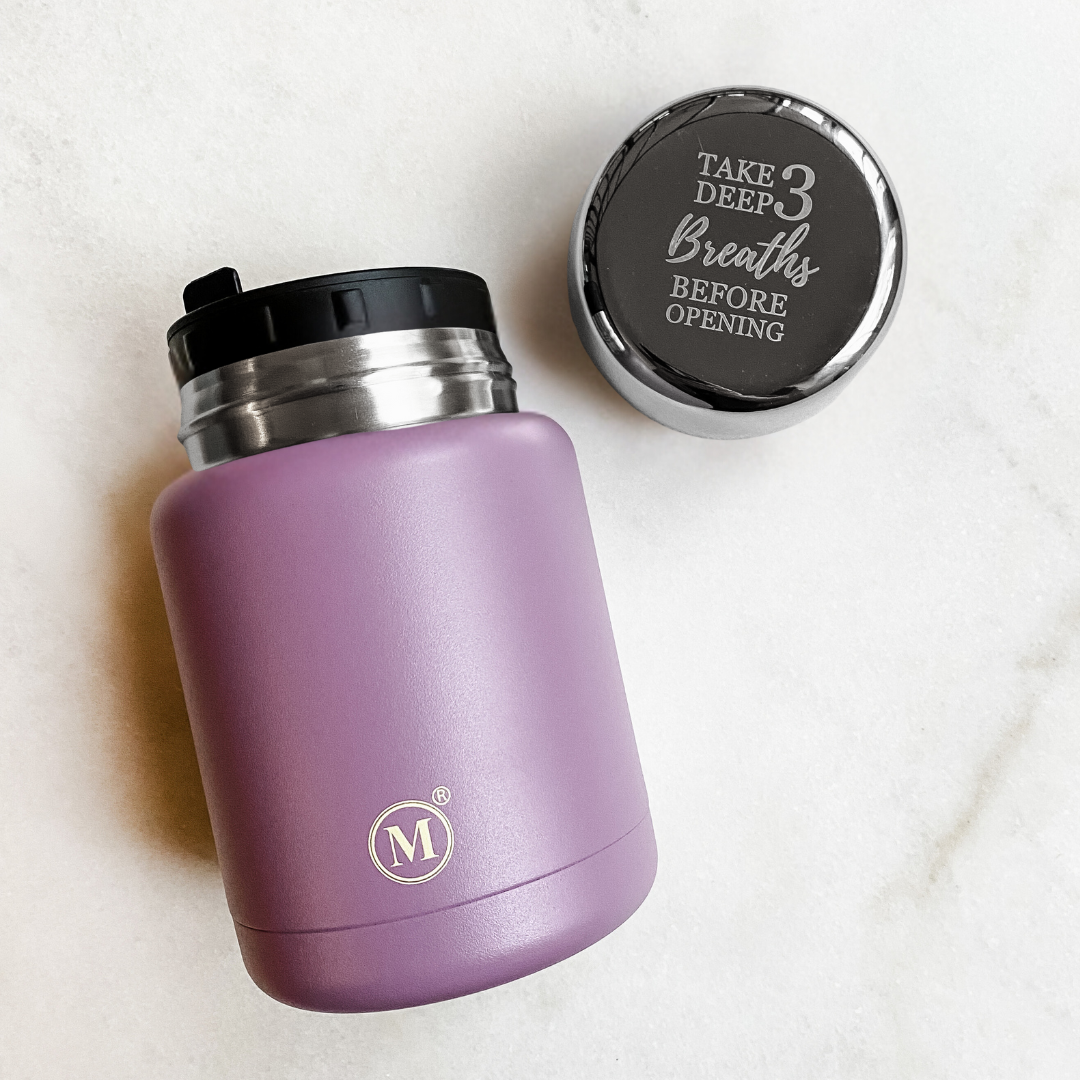an ayurvedic approach to meal prep
Food is medicine, and one of the most important tools for maintaining balance and health. The way we prepare, cook, and consume food directly influences our well-being, digestion (Agni), and energy levels. Meal prep, when done mindfully, can not only save time and energy but also ensure that the food we eat supports our unique doshic picture and keeps our digestion strong.
In this post, we’ll dive into two essential Ayurvedic meal prep methods: component cooking and bulk prepping. These techniques can help streamline your cooking process while still honoring the fresh, seasonal ingredients that Ayurveda emphasizes. Let’s explore how to use these methods to make your meals easy to prepare, delicious, and nourishing.
what is component cooking?
Component cooking refers to preparing different parts of your meal—grains, vegetables, proteins, and sauces—separately so they can be assembled together when it’s time to eat. This method allows you to have a variety of ingredients ready at hand, giving you flexibility while ensuring that each component retains its freshness, flavor, and nutritional benefits.
why component cooking works for ayurveda
Fresh, easily digestible meals are key to maintaining strong Agni. Component cooking is ideal because it allows you to create well-balanced meals with minimal effort in the moment. It also offers the freedom to combine different ingredients based on your daily needs and current imbalances. When each component is cooked separately, you can create meals that are freshly assembled, rather than relying on overly reheated food that might have lost its nutritional vitality.
how to component cook
Grains: Cook large batches of your favorite grains (like rice, quinoa, or millet) in advance. These can be stored in the fridge and quickly reheated (via steam saute) when you’re ready to eat. You can mix and match them with different vegetables and proteins throughout the week.
Vegetables: Roast or steam vegetables in bulk. You can prepare seasonal root vegetables, leafy greens, or cruciferous vegetables like cauliflower and broccoli ahead of time. Store them separately so you can add them to any dish as needed.
Proteins: Whether it’s lentils, chickpeas, or tofu, cooking your proteins in bulk allows you to quickly assemble meals without the need for last-minute cooking. Simply cook and store your proteins and pair them with freshly prepared grains and vegetables.
Sauces and Dressings: Ayurveda uses culinary herbs and spices to not only enhance flavor, but also to enhance the digestive process. Prepare your favorite Ayurvedic sauces, like this Mouth-Watering Green Tahini Sauce or this Fresh + Bright Sunshine Sauce, ahead of time. These can be stored and added to meals as needed to improve flavor and aid digestion.
With component cooking, you have a variety of foods prepared and it becomes simple to combine them into meals that are nutritious, satisfying, and aligned with Ayurvedic principles.
what is bulk prepping?
While component cooking focuses on preparing separate meal components, bulk prepping takes it a step further by preparing ingredients ahead of time, like chopping, dicing, and storing them in portions for quicker use when you need them. It’s a great strategy to save time and make cooking more efficient while still prioritizing fresh, whole foods.
why bulk prepping works for ayurveda
Bulk prepping aligns with Ayurvedic principles because it respects the need for freshly prepared food without the stress of spending hours in the kitchen every day. You can prepare ingredients in bulk, store them for use throughout the week, and then combine them in various ways based on your current needs.
how to bulk prep
Chopping Vegetables: If you know you’ll be making soups, stews, or stir-fries throughout the week, spend some time chopping vegetables in bulk. Store them in airtight containers in the fridge. For example, chop carrots, celery, and onions for your soups or cut cauliflower, zucchini, and green beans for stir-fries.
This method also works if you use specific recipes for meal planning ahead of time. Simply buy the ingredients, and take time to bulk prep all the components that can be done ahead of time, making the actual prep time quite short.
Prepping Spices and Herbs: You can prepare your spice blends ahead of time and store them in small jars for easy access. Ayurvedic spice blends, such as a simple Tridoshic masala (a mix of turmeric, cumin, coriander, and fennel), are easy to make in bulk and add flavor and digestive benefits to any meal.
Pre-cooked Grains and Legumes: As with component cooking, you can cook large batches of grains (rice, quinoa, millet) and legumes (lentils, chickpeas, or beans) in bulk. Store them in the fridge or freezer for quick access. Just reheat them when needed, and combine them with prepped vegetables, proteins, and sauces.
Batch Cooking Sauces or Soups: Prepare large batches of soups or sauces and divide them into portion-sized containers. Store them in the fridge or freezer to have on hand for quick meals.
With bulk prepping, you can minimize cooking time while ensuring that every meal is fresh, balanced, and nourishing. The beauty of this method is that it allows you to create meals that are easy to assemble without compromising on quality or the Ayurvedic principles of digestion.
how to make meal prep easier with ayurvedic tools
To support both component cooking and bulk prepping, there are a few kitchen tools that can make the process smoother, faster, and easier:
Instant Pot: An Instant Pot is an absolute game-changer for meal prepping. These devices allow you to cook grains, beans, soups, and stews in a fraction of the time. Use them for cooking large batches of rice, legumes, or soups that you can store for later use. These tools make it possible to cook food thoroughly without the need for constant monitoring.
Wide-Mouth Thermos: A wide-mouth thermos is perfect for storing and transporting soups, stews, or rice to keep them warm throughout the day. It can also be used to keep meals fresh and easily accessible, especially when you’re on the go.
Spice Grinder: Freshly ground spices are key to Ayurvedic cooking, and having a spice grinder on hand will help you prepare your spice blends in bulk. Grinding your spices just before cooking ensures they retain their full flavor and medicinal benefits.
High-Quality Knives: Having the right kitchen tools, such as sharp, high-quality knives, is essential for efficient prepping. Invest in a good set of knives to make chopping, slicing, and dicing quick and easy, so you can get your vegetables prepped in bulk with minimal effort.
Glass Containers: Use glass containers to store prepped ingredients or bulk-cooked grains and legumes. They keep the food fresh and preserve its prana (life force). These containers can be used for refrigeration and freezer storage, and they’re easy to access during the week when it’s time to assemble meals.
reheating and storing your ayurvedic meals
When it comes to reheating prepped or leftover meals, it’s important to gently reheating food to preserve its prana and nutritional value. Avoid using a microwave, as it can disrupt the energetic quality of food. Instead:
Reheat on the stove: Gently warm your grains, legumes, or pre-cooked meals on the stove with a little water or broth to retain moisture and ensure even heating. This method is called a steam saute and is my personal favorite way to reheat foods.
Add fresh spices: Reintroduce digestive spices when reheating meals to reignite Agni. A sprinkle of cumin, ginger, or coriander can refresh your meal and improve digestion.
in summary
By incorporating component cooking and bulk prepping into your routine, you can enjoy the benefits of fresh, nutritious meals without spending hours in the kitchen every day. Mindful cooking and eating are critical to happy digestion and it is my hope that these techniques will reduce stress and create space for you to have more mindfulness in the kitchen.
With the right tools and strategies, you can enjoy the best of both worlds: convenience and nourishment. By prepping ingredients in bulk and cooking them in separate components, you ensure that your meals are always fresh, balanced, and easily digestible—allowing your body and mind to thrive throughout the week.
Happy prepping, and may your kitchen be filled with vibrant, prana-filled food!
related posts
loved what you learned? feeling inspired? share this article with someone who would benefit!
you can also share via the social icons below.















